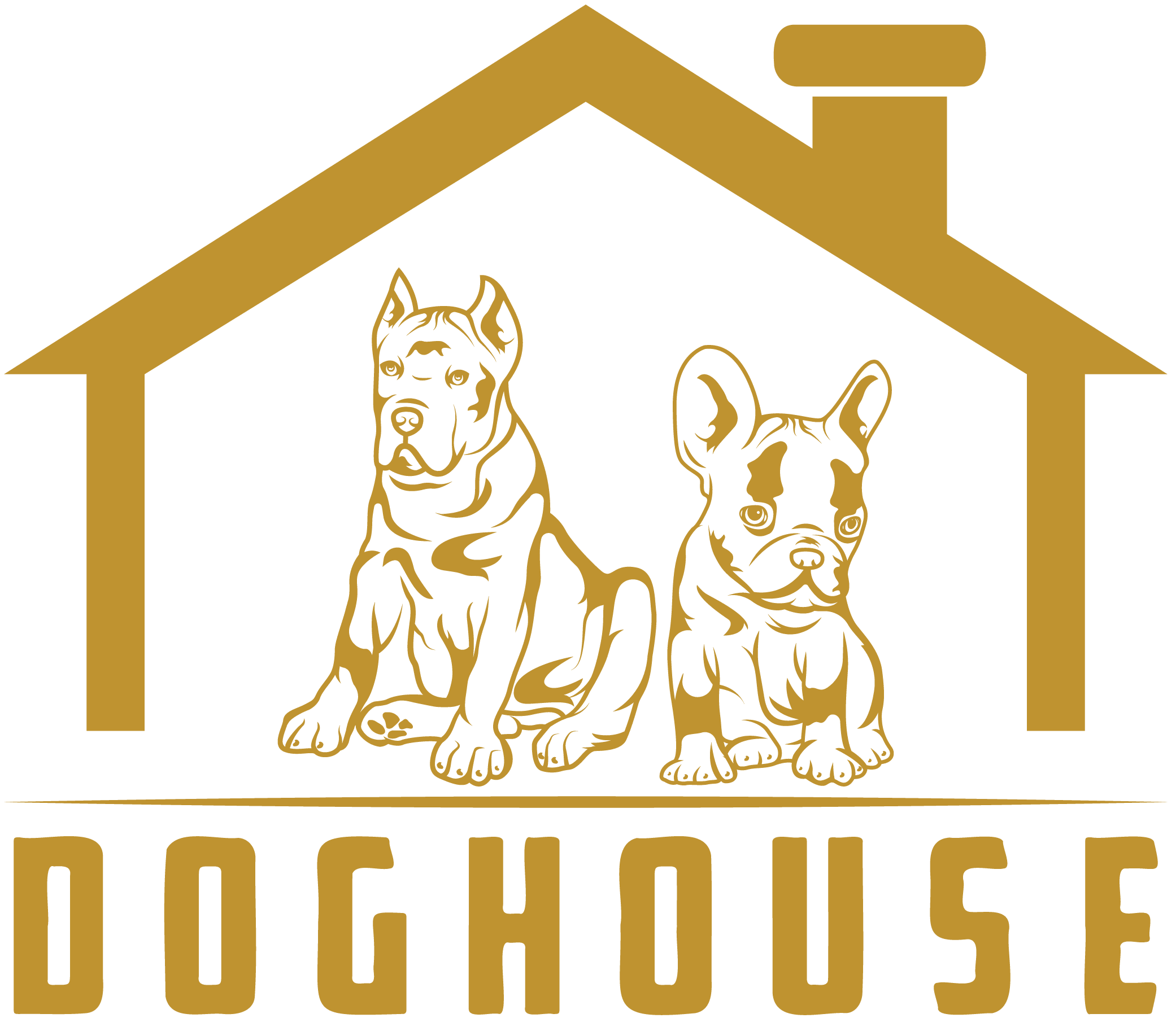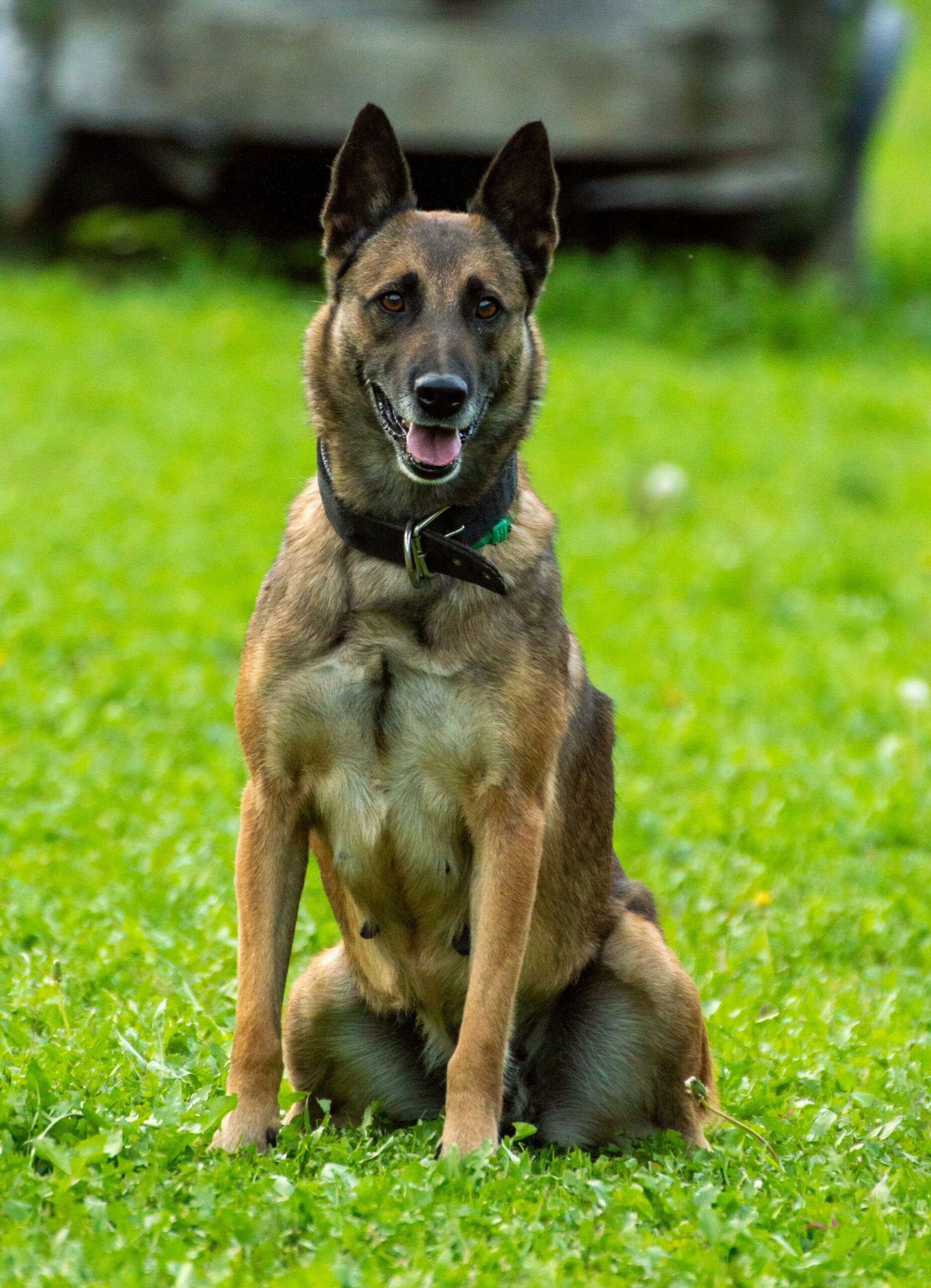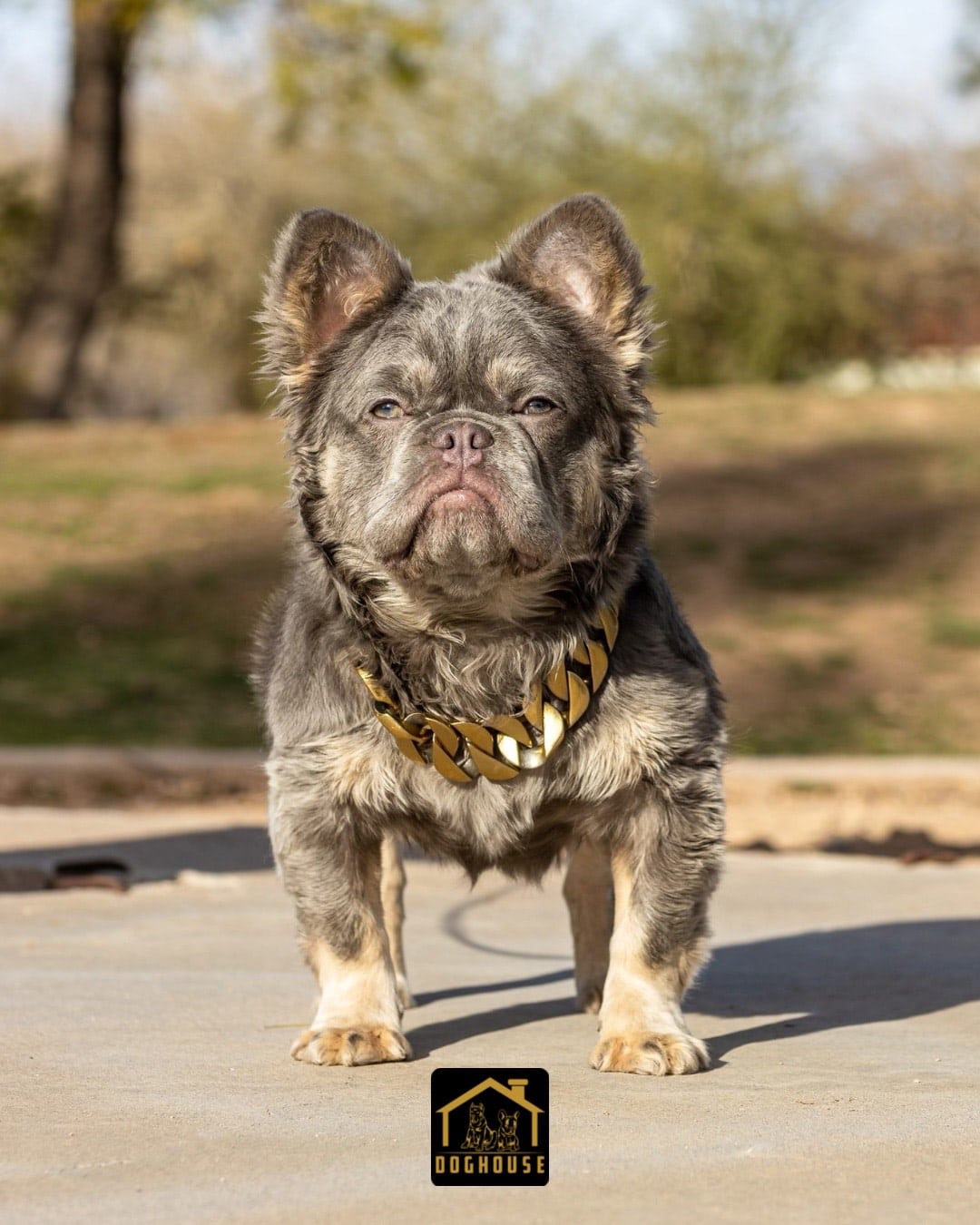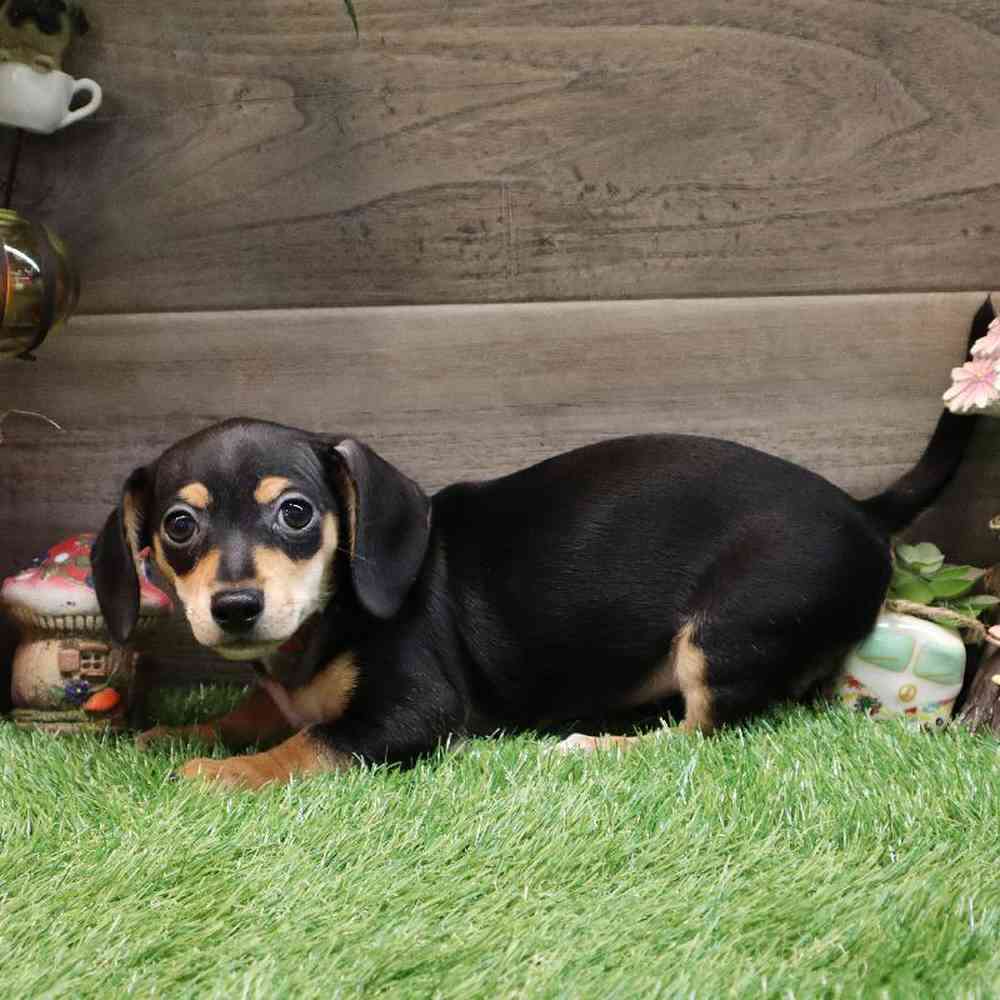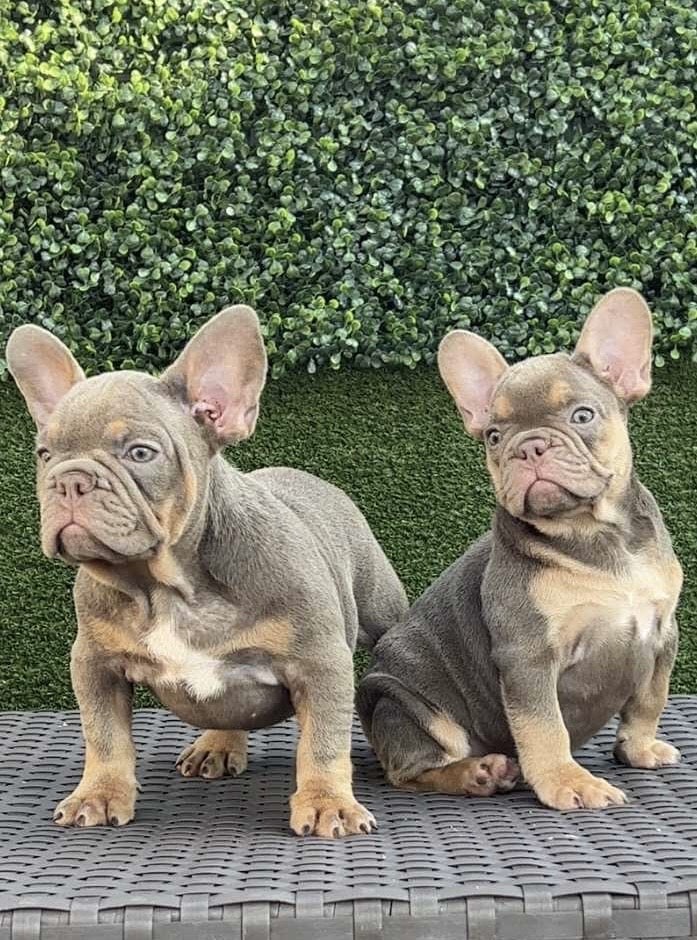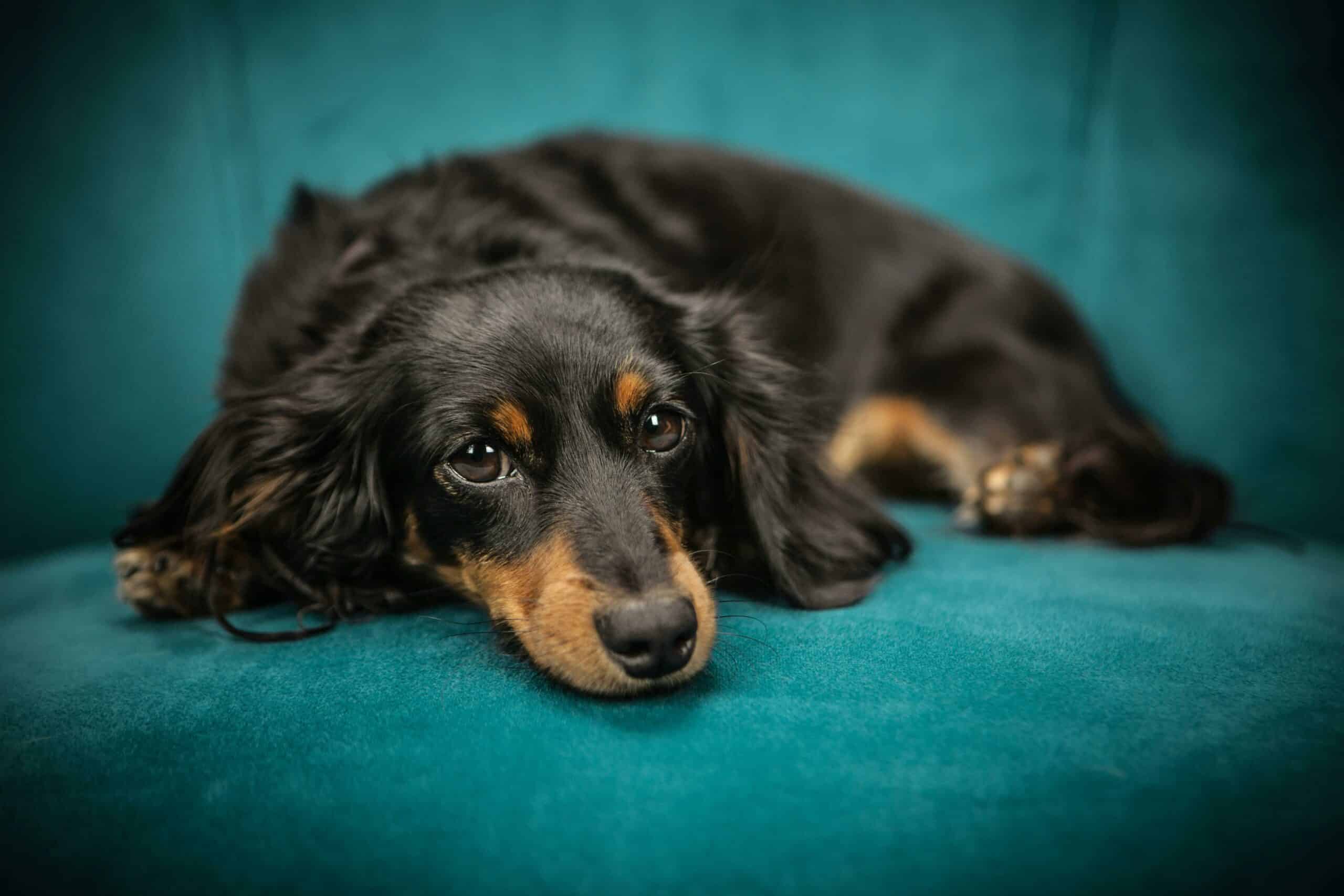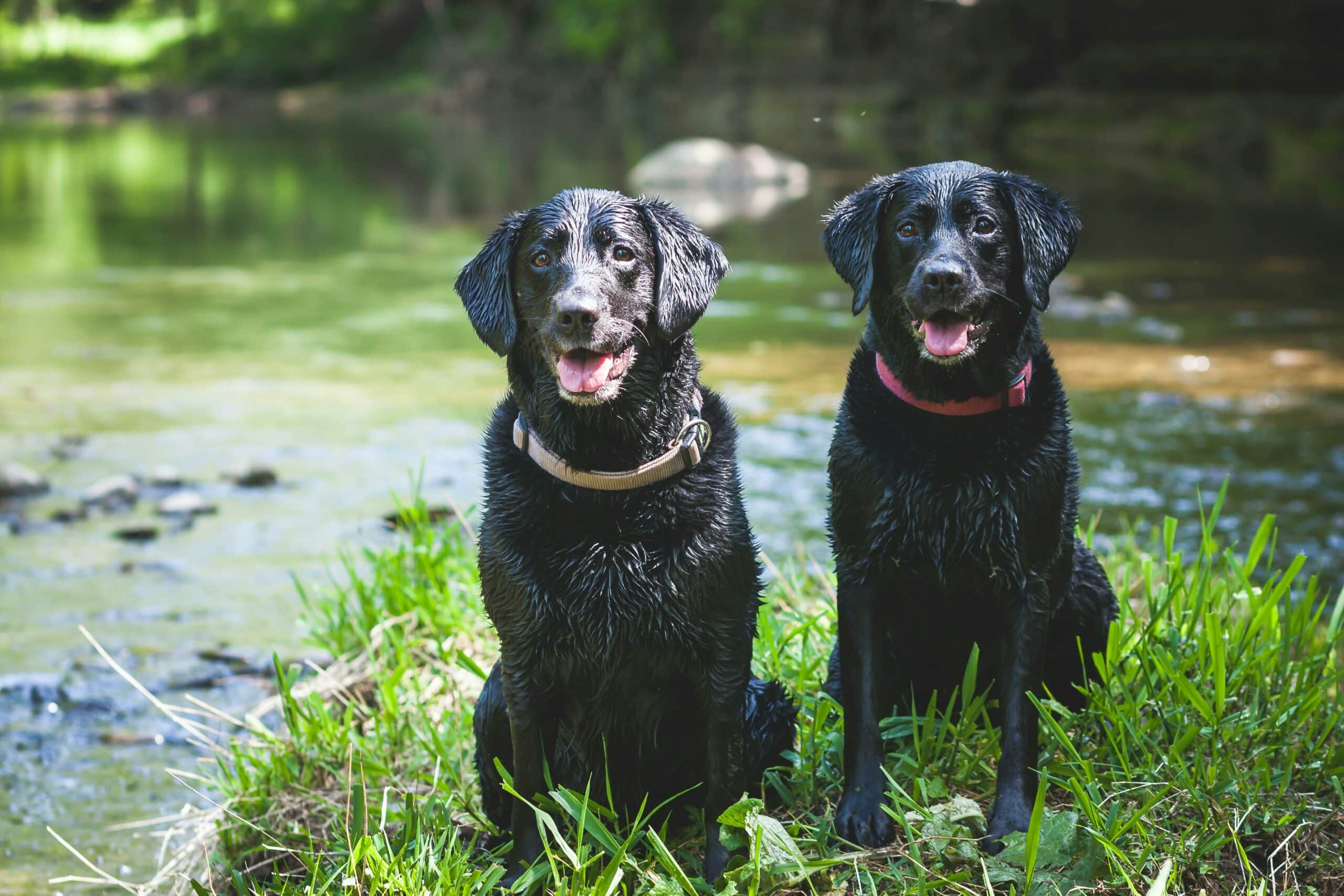The Belgian Malinois, a breed synonymous with strength, agility, and unwavering loyalty, stands as a testament to the pinnacle of working dogs. Originating from Belgium, this breed was initially bred for herding, but it quickly became evident that their capabilities extended far beyond the pastoral fields. Characterized by their lean, muscular build, and distinctive coat colors ranging from rich fawn to deep mahogany, the Malinois exudes an air of elegance and power. Renowned for their high intelligence and trainable nature, they have become a favored choice in various demanding roles, including police and military service, search and rescue operations, and as vigilant guard dogs. Their energetic and alert disposition, coupled with a strong desire to work alongside their human counterparts, makes the Belgian Malinois a breed that commands respect and admiration in the canine world.
History
The Belgian Malinois, originating from the Malines region of Belgium, is one of the four distinct Belgian sheepdog breeds developed in the late 19th century. Initially bred for herding, the Malinois distinguished itself with its exceptional intelligence, agility, and work ethic. This breed was not only used for herding but also played significant roles during the World Wars, serving as messengers, ambulance dogs, and even pulling machine guns, showcasing their versatility and resilience.
Following the wars, the Malinois gained prominence in police and military roles globally, a testament to their trainable nature and physical capabilities. Recognized by various kennel clubs, including the American Kennel Club (AKC) in 1959, the breed was initially classified in the Working Group before being reclassified to the Herding Group. Today, the Belgian Malinois is celebrated for its roles in law enforcement, search and rescue operations, and as service dogs, in addition to being popular in dog sports like agility and obedience competitions.
Despite their prowess in professional roles, the Malinois, known for its protective nature and high energy levels, can be a challenging pet for inexperienced owners due to their need for extensive exercise and mental stimulation. Their global presence and versatility continue to make them a highly respected breed, valued both for their working abilities and companionship.
Belgian Malinois Temperament
The Belgian Malinois is known for its exceptional temperament, characterized by a combination of intelligence, energy, and trainability. Key aspects of their temperament include:
- Intelligence: Belgian Malinois are highly intelligent and quick learners. This makes them excellent for various types of training and work, but it also means they require mental stimulation to prevent boredom.
- Energy and Drive: They are a high-energy breed, always ready for action. This trait makes them well-suited for active families or for roles that require physical stamina and endurance.
- Loyalty and Protective Nature: Malinois are extremely loyal to their families and can be protective. This loyalty, combined with their natural wariness of strangers, makes them excellent guard dogs.
- Work Ethic: They have a strong work ethic and thrive when given tasks to do, whether it’s obedience training, agility, herding, or more specialized work like police or military tasks.
- Sensitivity: Despite their tough exterior, Malinois are quite sensitive and respond best to positive reinforcement training methods. Harsh training methods can be counterproductive.
- Socialization Needs: Early and ongoing socialization is crucial for this breed. Exposure to different people, environments, and situations helps ensure they grow into well-adjusted adults.
- Good with Children and Other Pets: If raised with children and other pets, they can do well with them, especially if socialized early. However, their herding instinct might prompt them to herd children or smaller animals.
- Alert and Responsive: They are always alert and responsive to their surroundings, making them excellent watchdogs.
- Affectionate with Family: They are known to be affectionate with their family members and can form strong bonds.
- Adaptability: While they can adapt to various living situations, they do best in environments where they have plenty of space to move around and exercise.
In summary, the Belgian Malinois is a highly capable and dynamic breed, ideal for experienced dog owners who can provide them with the physical exercise, mental stimulation, and structured training they need. Their temperament makes them suited for active lifestyles and roles that challenge both their mind and body.
How Much is a Belgian Malinois
The cost of a Belgian Malinois can vary widely based on several factors such as the dog’s lineage, breeder reputation, training level, and purpose (pet, work, or show quality). Here’s a general breakdown:
- Pet Quality: For a Belgian Malinois intended as a family pet, prices typically range from $1,000 to $2,500. These dogs are often from good breeding lines but may not have the pedigree for show or work.
- Working or Show Quality: If the dog is bred for specific working roles (like police work, search and rescue, etc.) or for show quality with an exceptional lineage, prices can be significantly higher, ranging from $2,500 to $10,000 or more. These dogs usually come from highly reputable breeders and have a lineage of proven work or show quality.
- Training Level: The cost can also increase if the dog has undergone extensive training, especially for specialized roles like K-9 units, personal protection, or advanced obedience. Fully trained Belgian Malinois can cost upwards of $20,000 to $30,000, depending on the level and type of training.
- Other Costs: Beyond the purchase price, potential owners should also consider additional costs such as vaccinations, spaying/neutering, regular veterinary check-ups, quality food, training, and supplies.
- Adoption: Adopting a Belgian Malinois from a rescue or shelter is a less expensive option, typically ranging from $300 to $500, covering the costs of care and vaccinations. However, finding a purebred Malinois through adoption can be more challenging.
It’s important to remember that the initial cost is just one part of owning a dog. Belgian Malinois, known for their high energy and intelligence, require proper training, socialization, and regular exercise, which can also be time and resource-intensive. It’s crucial to choose a reputable breeder or adoption agency and to be prepared for the long-term commitment of dog ownership.
Belgian Malinois Lifespan
The Belgian Malinois typically has a life expectancy of around 12 to 14 years. This can vary based on various factors such as genetics, overall health, diet, and the level of care they receive. Like all breeds, the Malinois can be prone to certain hereditary health issues, but with proper care, regular veterinary check-ups, a good diet, and plenty of exercise, they can enjoy a full and healthy lifespan. It’s also important to provide them with mental stimulation, as they are a highly intelligent and active breed. Regular training and engagement can contribute positively to their overall well-being.
Belgian Malinois Size
Belgian Malinois are medium to large-sized dogs known for their athletic build. The size of a Belgian Malinois can vary slightly between males and females:
- Males: They typically stand about 24 to 26 inches (61 to 66 cm) tall at the shoulder and weigh between 60 to 80 pounds (27 to 36 kg).
- Females: Slightly smaller, they usually stand around 22 to 24 inches (56 to 61 cm) tall and weigh between 40 to 60 pounds (18 to 27 kg).
These measurements can vary slightly depending on the individual dog and its lineage. Belgian Malinois are known for their lean and muscular physique, which contributes to their agility and strength. It’s important for them to maintain a healthy weight to support their active lifestyle and to prevent health issues. Regular exercise and a balanced diet are crucial for keeping them in good shape.
Belgian Malinois Weight Chart (by month)
These weights are approximate and can vary. Some Malinois may grow at a different rate. Belgian Malinois continue to fill out and gain muscle mass beyond their first year, so they may gain additional weight after 12 months. Belgian Malinois typically reach their full height by 1 year but may continue to gain muscle and fill out until they are about 2 years old. Regular check-ups with a veterinarian are important to ensure your Malinois is growing healthily and to adjust diet and exercise as needed.
| Month | Male Weight Range (lbs) | Female Weight Range (lbs) |
|---|---|---|
| 1 | 4-9 | 3-8 |
| 2 | 10-20 | 8-15 |
| 3 | 20-30 | 15-25 |
| 4 | 30-40 | 20-30 |
| 5 | 35-45 | 25-35 |
| 6 | 40-50 | 30-40 |
| 7 | 45-55 | 35-45 |
| 8 | 50-60 | 40-50 |
| 9 | 55-65 | 45-55 |
| 10 | 60-70 | 50-60 |
| 11 | 65-75 | 55-65 |
| 12 | 70-80 | 60-70 |
Belgian Malinois Colors
The Belgian Malinois is known for its range of coat colors and patterns. The most common colors and markings include:
- Fawn: This is a light, yellowish-tan color that is one of the most common for the breed. It can range from a light, almost cream color, to a richer, reddish tan.
- Mahogany: A deeper, reddish-brown color. Mahogany Malinois are often very striking and this color can vary in intensity.
- Red: Similar to mahogany but with a more pronounced reddish hue. This color is less common than fawn or mahogany.
- Sable: Sable Malinois have a coat where each hair is multi-colored, typically with black tips on a lighter base color like fawn or red. This gives the coat a textured and layered appearance.
- Black: Pure black Malinois are rare and not as common as the other colors. They may have a completely black coat or predominantly black with some areas of lighter color.
- Black and Tan: This coloration is similar to that seen in some German Shepherds, with a mix of black and lighter colors like fawn or red.
- Brindle: Brindle Malinois have a mix of colors creating a striped pattern, though this is not very common in the breed.
Markings:
- Mask: Many Malinois have a black mask on their face, which is a standard and desirable trait in the breed.
- Ears: The ears are often black or have black tips.
- Tail: The tail may have darker coloring, especially at the tip.
Coat Texture:
- The Belgian Malinois has a short, straight coat that is weather-resistant. The undercoat varies with the climate they live in.
AKC Standards:
- According to the American Kennel Club (AKC), the preferred colors for the Belgian Malinois are rich fawn to mahogany, with black tips on the hairs giving an overlay appearance. The mask and ears are also typically black.
| DESCRIPTION | STANDARD COLOR | AKC REGISTRATION CODE |
| Fawn | Yes | 082 |
| Fawn Sable | Yes | 338 |
| Mahogany | Yes | 128 |
| Red | Yes | 140 |
| Red Sable | Yes | 155 |
| Black | 007 | |
| Brindle | 057 | |
| Cream | 076 | |
| Cream Sable | 348 | |
| Gray | 100 | |
| Gray Sable | 339 | |
| Liver | 123 |
It’s important to note that while coat color can be a point of interest for potential owners, it does not affect the dog’s ability or temperament. When choosing a Belgian Malinois, factors like health, temperament, and suitability for your lifestyle should be prioritized over coat color.
Belgian Malinois Grooming
Grooming a Belgian Malinois is relatively straightforward due to their short coat, but regular grooming is still important for their overall health and well-being. Here are the key aspects of grooming for a Belgian Malinois:
Coat Care
- Brushing: Despite their short hair, Malinois do shed. Regular brushing, at least once a week, helps to remove loose hair and distribute skin oils, keeping their coat healthy. During shedding seasons (spring and fall), more frequent brushing may be necessary.
- Shampooing: Bathing should be done as needed – typically every few months, unless they get particularly dirty. Use a dog-specific shampoo to protect their skin and coat.
Nail Care
- Trimming: Regular nail trimming is important to prevent discomfort and potential health issues. If you can hear their nails clicking on the floor, it’s time for a trim.
- Frequency: Depending on their activity level, their nails may need trimming every month or two.
Ear Care
- Cleaning: Check and clean their ears regularly to prevent wax build-up and infections. This is especially important for dogs that swim or are active outdoors.
- Signs of Infection: Watch for redness, swelling, or an unusual odor, which could indicate an infection.
Dental Hygiene
- Brushing Teeth: Regular dental care is crucial. Brush their teeth several times a week with a dog-specific toothpaste to prevent tartar build-up and gum disease.
- Dental Chews: Dental chews can also help maintain healthy teeth and gums.
Eye Care
- Regular Checks: Keep an eye on their eyes for any signs of redness, discharge, or irritation.
- Cleaning: Gently wipe away any discharge with a damp cloth.
General Health Checks
- Skin Checks: While grooming, check their skin for any signs of infections, parasites, or allergies.
- Paw Care: Inspect their paws for injuries, especially if they are active or work dogs.
Grooming as Bonding
- Grooming sessions are not just for cleanliness; they’re also a great opportunity to bond with your Malinois and check their overall health.
Professional Grooming
- While most grooming can be done at home, professional grooming services can be beneficial, especially for nail trimming or if you’re unsure how to groom them properly.
Consistency is Key
Establishing a regular grooming routine helps keep your Belgian Malinois in top condition and allows you to spot any health issues early. Remember, every dog is an individual, and some may have specific grooming needs.
Common Health Issues in Belgain Malinois
Belgian Malinois are generally healthy dogs, but like all breeds, they are prone to certain health issues. Being aware of these common health problems can help in early detection and treatment. Here are some health issues that are commonly seen in Belgian Malinois:
- Hip Dysplasia: This is a genetic condition where the thighbone doesn’t fit snugly into the hip joint. It can lead to pain and lameness on one or both rear legs. Hip dysplasia is common in many dog breeds, especially larger ones.
- Elbow Dysplasia: Similar to hip dysplasia, this is a hereditary condition common in larger breeds. It’s caused by different growth rates of the three bones that make up the dog’s elbow, leading to joint laxity.
- Progressive Retinal Atrophy (PRA): This is a family of eye diseases that involves the gradual deterioration of the retina. Early in the disease, dogs become night-blind; they lose sight during the day as the disease progresses.
- Cataracts: Like in humans, canine cataracts can affect the clarity of the eye lens, leading to potential blindness if not treated.
- Epilepsy: Belgian Malinois can be prone to epilepsy, a disorder that causes seizures. While epilepsy can be managed with medication, it cannot be cured.
- Sensitivity to Anesthesia: This breed can be sensitive to certain types of anesthesia. It’s important to discuss this with your vet before any surgical procedure.
- Gastric Torsion (Bloat): This is a life-threatening condition that can affect large, deep-chested dogs like the Belgian Malinois. It occurs when the stomach is distended with gas or air and then twists.
- Skin Allergies: They can develop allergies that may cause skin irritation and dermatitis.
- Dental Issues: Like all breeds, they can suffer from dental problems if proper dental care is not maintained.
Preventative Measures and Care
- Regular Vet Check-ups: Regular visits to the vet for check-ups can help in early detection and management of these conditions.
- Proper Nutrition: A balanced diet is crucial for overall health.
- Regular Exercise: Maintaining a healthy weight can help reduce the risk of joint problems.
- Genetic Testing: For breeding dogs, genetic testing can help identify potential hereditary conditions.
It’s important to note that not all Belgian Malinois will get any or all of these diseases, but it’s important to be aware of them if you’re considering this breed. If you’re buying a puppy, find a good breeder who will show you health clearances for both your puppy’s parents. Health clearances prove that a dog has been tested for and cleared of a particular condition.
Conclusion
The Belgian Malinois is a remarkable and versatile breed, renowned for its intelligence, loyalty, and athleticism. Originally bred for herding, they have proven their worth far beyond the fields, excelling in roles such as police and military work, search and rescue, and as service dogs. While their high energy and drive make them less suited for the casual pet owner, in the right hands, they are unmatched in their ability to learn and perform tasks. Despite their robustness, prospective owners should be aware of the breed-specific health issues and ensure regular veterinary care and a proper grooming routine. With their striking appearance, ranging from fawn to mahogany, and their protective yet affectionate nature, the Belgian Malinois is not just a working dog but also a loyal companion, embodying a unique blend of strength, intelligence, and dedication.

